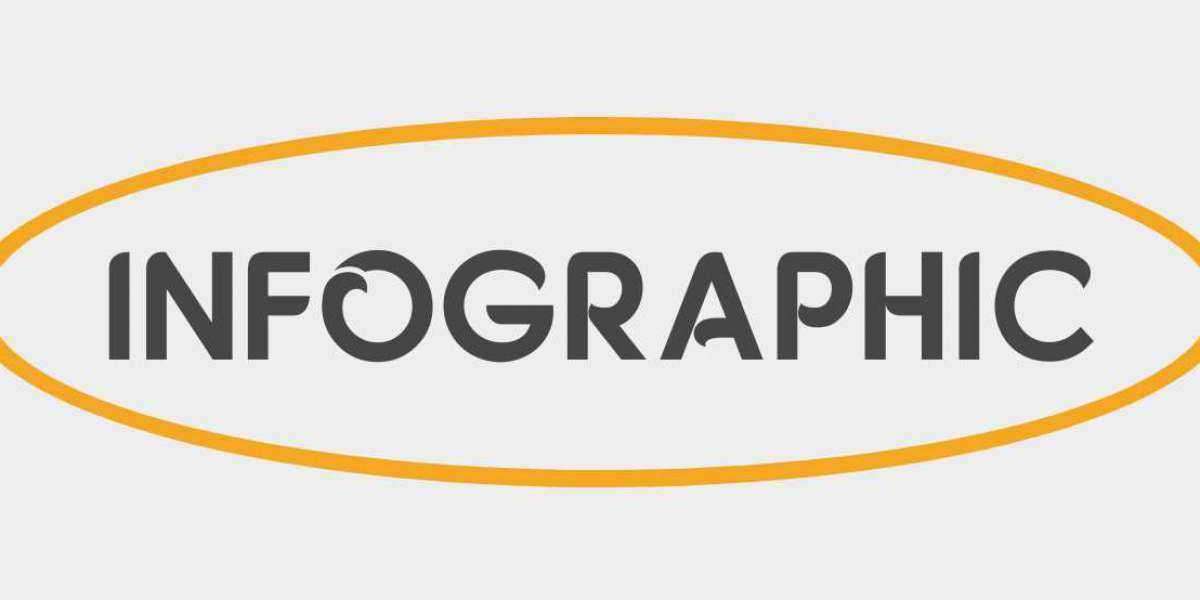In the world of tools and machinery, screwdriver calibration is often overlooked, yet it plays a crucial role in achieving accuracy and efficiency in various projects. Whether you are a professional tradesperson or a DIY enthusiast, understanding the importance of calibrating your screwdrivers can significantly enhance your work quality.

What is Screwdriver Calibration?
Screwdriver calibration refers to the process of adjusting and verifying the torque settings of screwdrivers to ensure they deliver the correct amount of force when fastening screws. This process is essential for preventing damage to materials and ensuring that screws are securely fastened. Have you ever experienced stripped screws or damaged materials? These issues can often be traced back to improper torque settings.
Why is Screwdriver Calibration Important?
Calibrating your screwdrivers is not just a matter of precision; it also impacts safety and efficiency. Here are some key reasons why screwdriver calibration should be a priority:
- Prevention of Damage: Over-tightening screws can lead to material failure, while under-tightening can result in loose components.
- Consistency: Regular calibration ensures that each screw is fastened to the same specifications, which is vital in assembly line production.
- Safety: In industries such as automotive and aerospace, improper torque can lead to catastrophic failures.
- Cost Efficiency: Reducing errors through proper calibration can save time and money in the long run.
How to Calibrate Your Screwdrivers
Calibrating your screwdrivers may seem daunting, but it can be straightforward with the right tools and techniques. Here’s a step-by-step guide:
- Gather the necessary tools: a torque tester, a calibration screwdriver, and a reference manual.
- Set the desired torque value according to the specifications of your project.
- Test the screwdriver by applying torque to a sample screw and checking the reading on the torque tester.
- Adjust the screwdriver settings as needed to achieve the correct torque.
- Repeat the process to ensure accuracy.
Best Practices for Maintaining Screwdriver Calibration
To ensure that your screwdrivers remain calibrated over time, consider the following best practices:
- Regularly check the calibration of your screwdrivers, especially before starting a new project.
- Store screwdrivers in a controlled environment to prevent wear and tear.
- Use high-quality tools that are designed for durability and precision.
In conclusion, screwdriver calibration is an essential practice that ensures precision, safety, and efficiency in your projects. By understanding its importance and implementing regular calibration checks, you can enhance the quality of your work and avoid costly mistakes. Remember, the right tools, when calibrated correctly, can make all the difference in achieving successful outcomes.







